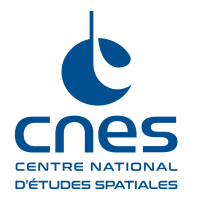L’objectif de MicroCarb est de cartographier, à l'échelle planétaire, les sources et puits du principal gaz à effet de serre : le CO2. Ce micro-satellite a été lancé dans la nuit du 25 au 26 juillet 2025.
Informations essentielles
| Mission | Étudier le CO2 atmosphérique à l'échelle planétaire |
|---|---|
| Domaine CNES | Observation |
| Date de début | Lancement le 25 juillet 2025 à 22h03 heure locale (26 juillet à 2h03 UTC) |
| Partenaires | CNRS, CEA, Météo France, Universités, Union Européenne / ESA, UKSA, SCGI |
| Lieu | Orbite circulaire héliosynchrone à 650 km d'altitude |
| Durée | 5 ans |
| Statut du projet | En exploitation |
Chiffres clés
-
180
kg : masse du satellite
-
1
ppm : précision de mesure de la concentration en CO2
-
3
pixels de 4,5 x 9 km² : fauchée instantanée
-
2
x 2 km² : mode à résolution spatiale maximale
-
25
jours : période de revisite sur le globe
Dates clés
- Juillet 2025 : Lancement du satellite MicroCarb par Vega C
- 26 janvier 2024 : Livraison du satellite par Thalès Alenia Space-UK au CNES
- 7 décembre 2022 : Livraison de l’instrument par Airbus Defence and Space au CNES
- 1er juillet 2017 : Passage en phase C/D du développement
- 2015 : Décision du projet MicroCarb dans le sillage de la COP21 sur budget PIA
Le projet en bref
Quels sont les principaux puits de carbone de notre planète : les océans ou les forêts tropicales ? Combien de tonnes de dioxyde de carbone (CO2) sont émises par les villes, la végétation et les océans ? Aussi surprenant que cela puisse paraître, on ne connaît pas aujourd'hui les quantités de CO2 absorbées ou émises dans certaines régions par manque de stations de mesures terrestres, ni comment elles varient au fil des saisons. Ces informations sont pourtant cruciales pour comprendre les origines et impacts du réchauffement climatique. Le CO2 est en effet le principal gaz à effet de serre produit par les activités humaines.
Pour pallier ce manque de données, la NASA a lancé en 2014 le satellite OCO-2. A l'horizon 2025, le CNES prendra la relève avec le lancement de MicroCarb. Son instrument, un spectromètre à réseau, sera capable de mesurer la concentration atmosphérique en CO2 sur l’ensemble du globe avec une grande précision (de l'ordre de 1 ppm) et sur un pixel de base rectangulaire de 4,5 km par 9 km.
En vidéo
Rôle du CNES dans le projet
Cet instrument sera embarqué sur une plateforme issue de la filière Myriade du CNES. La réalisation de la mission implique la communauté scientifique française engagée dans la recherche sur la climatologie et l’étude du cycle du Carbone. La mission sera financée par le Programme Investissement d'Avenir.
Contacts CNES
Chef de Projet MicroCarb
Philippe LANDIECH
Courriel : philippe.landiech at cnes.fr
Responsable thématique Composition Atmosphérique et Cycle du Carbone du CNES
Carole DENIEL
Courriel : carole.deniel at cnes.fr





